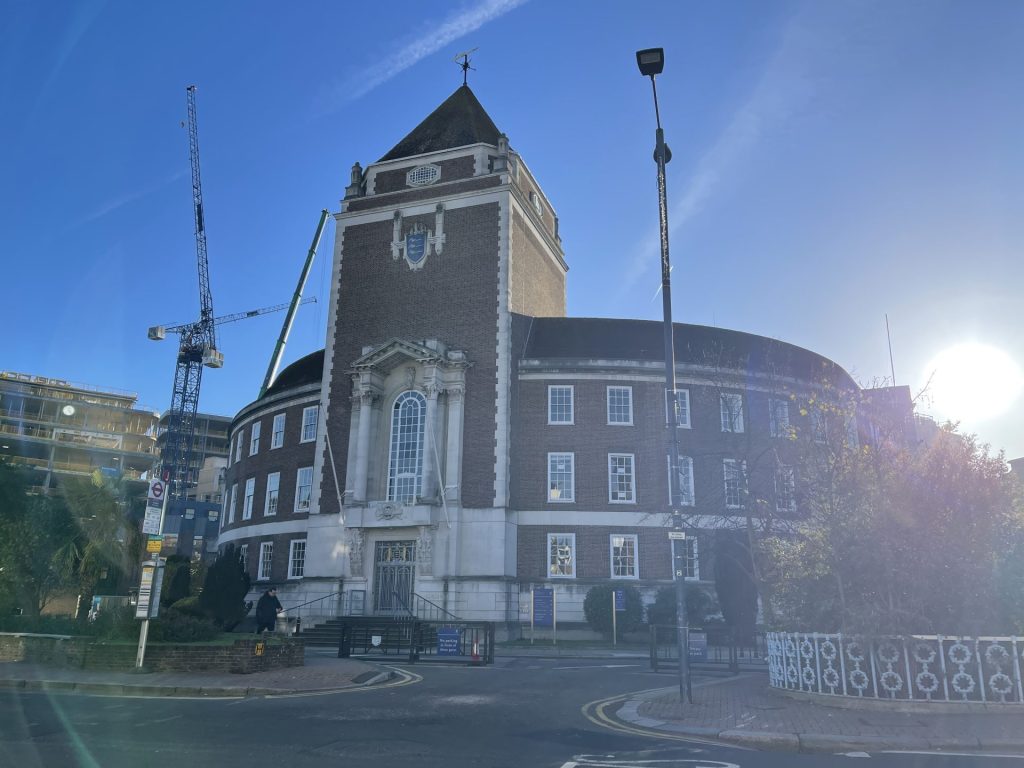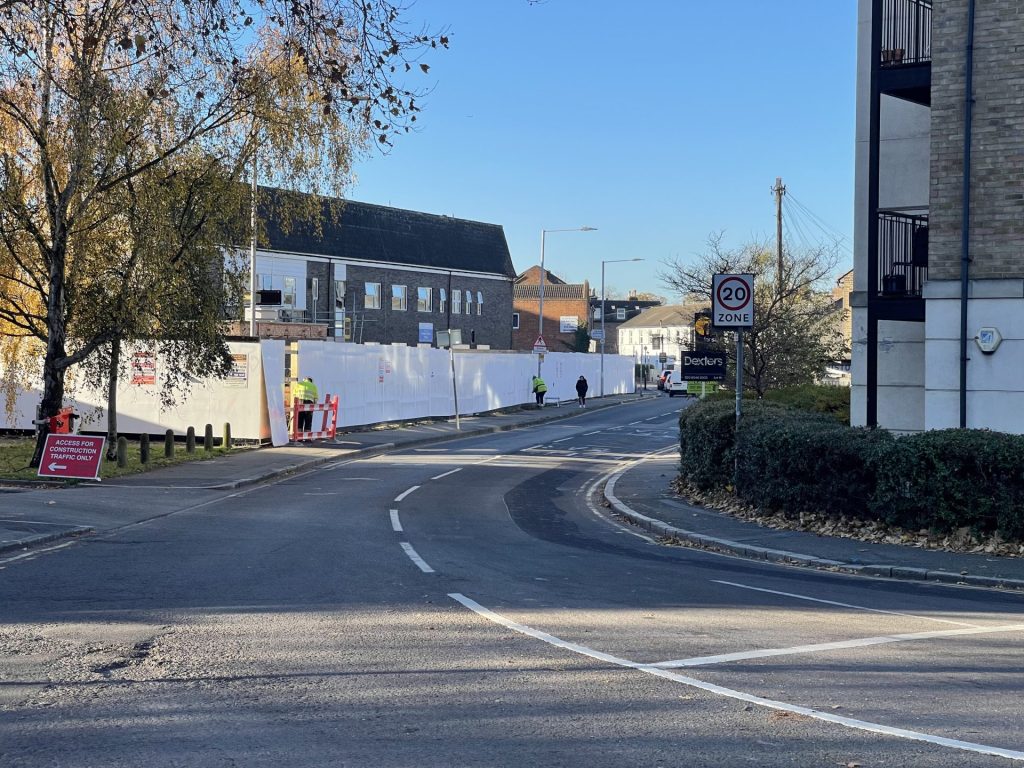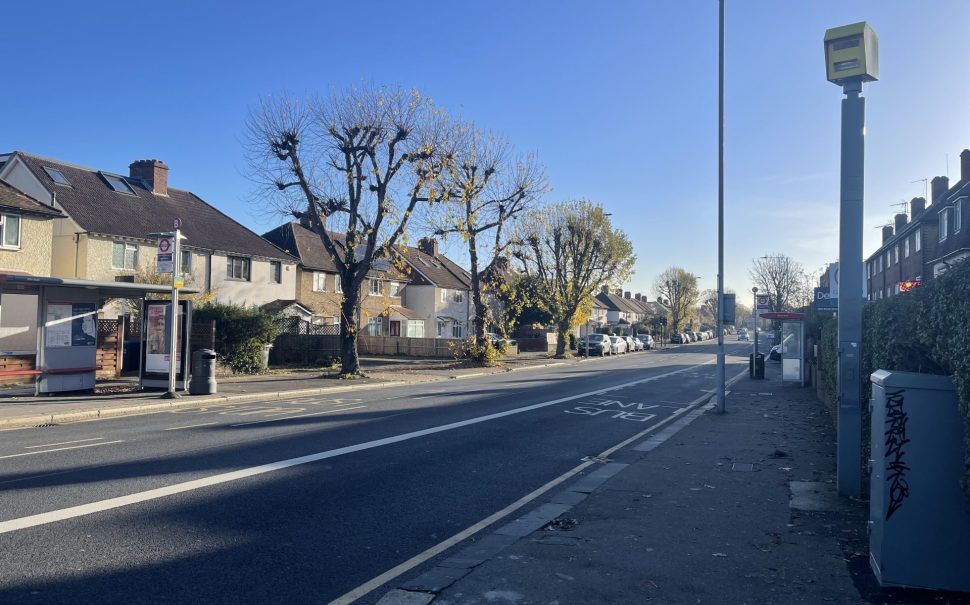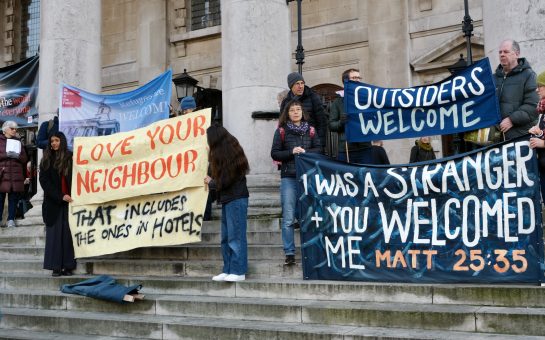Kingston upon Thames can expect good news from 20mph roads, says Richmond’s transport chair, as it becomes the latest south west London borough to approve the introduction of the reduced speed limit on its remaining 30mph roads.
While more than 70% of the borough is already covered by 20mph speed limits, Kingston Council’s neighbourhood committees voted last month for this to increase again, meaning the “significant majority” of its roads will have a permanent 20mph speed limit by Spring 2024.
Alexander Ehmann, Liberal Democrat councillor for St Margaret’s and North Twickenham and chair of Richmond Council’s Transport and Air Quality Committee, said: “Kingston, like any other local authority looking to make a change like that, should expect noise from it, but I would say it very much is the right thing to do.
“Changing the speed limit is a matter that will excite comment, because almost every person who lives in a borough has some sort of access to a form of transport that uses the road network and will have a view about that.”
Kingston Council believes that by reducing the speed limit from 30mph to 20mph, it is ensuring its streets are spaces where people can walk safely.
The sentiment aligns with the Mayor of London’s Transport Strategy and his Vision Zero policy, which aims to see no one killed or seriously injured on the capital’s roads by 2041.
As reported by Surrey Live, the borough-wide 20mph scheme is part of the Transport for London’s (TfL) Local Implementation Plan, meaning that the move is wholly funded by TfL through a grant.

Kingston’s neighbouring borough Richmond has had the broad spectrum of its roads being 20mph for approximately three years.
Ehmann added on 20mph speed limits: “I really do think it’s a net win, despite some of the national political rhetoric against it.
“From our perspective, it’s good news for speeds, It’s good news for air quality, it’s good news for public support.”
The Liberal Democrat councillor said that the move by Richmond almost five years ago was driven by the council from a perspective of improving road safety, particularly for pedestrians and cyclists.
He said: “What we know for a fact from the measures, evaluated a year after they were introduced, is that speeds did come down on some roads by very significant numbers of miles – in excess of five-six miles an hour as a result of the reduction.”
Ehmann noted that a one to two mile per hour reduction is equivalent to a 5% reduction in the frequency of incidents on the road network, and, when they do happen, the severity of those incidents is also typically diminished because speeds are lower.

Jeremy Leach, London campaign co-ordinator at 20’s Plenty for Us, a not-for-profit organisation campaigning for a speed limit of 20mph to be normal in residential areas and in town centres, corroborates Ehmann’s findings.
Leach said: “In a built up area, if you bring maximum motor vehicle speeds down to 20 miles an hour rather than 30 miles an hour, you get a 42% reduction in casualties. That’s the overall goal, that’s the pride.
“Generally on the existing residential roads, it will be a marginal improvement of, say, one mile an hour or something like that, which makes a bit of a difference.
The London campaign co-ordinator said that 70% of all serious road casualties in London occur on arterial roads (A and B-roads) – figures which he believes are similar for all the boroughs, including Kingston and Richmond.
Leach said: “What you can typically expect on those main, faster roads is something like an average speed reduction of around three miles per hour, and that translates to a very approximate 15-20% casualty reduction.
“When your goal is to reduce road danger, that’s why this is a very, very cost effective tool.”





